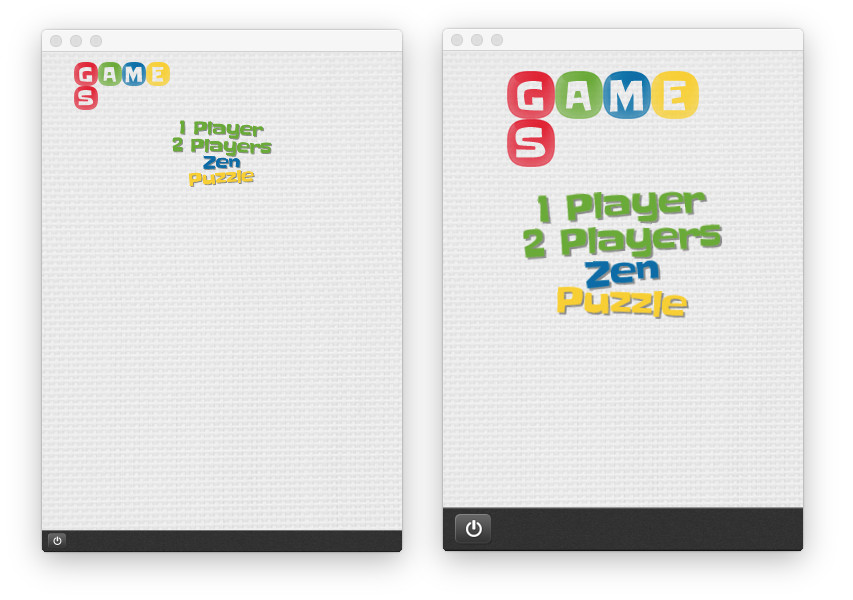| Qt 5.6 Released |
| Written by Kay Ewbank | |||
| Friday, 18 March 2016 | |||
|
The latest version of the Qt cross-platform development framework has been released with high-DPI support. Qt is a cross-platform application and UI software development framework that lets you create native apps for desktop, embedded or mobile platforms.
The new version adds cross-platform full support for Windows 10, high-DPI capabilities, and makes full use of the Yocto Project for embedded software stack builds. Qt 5.6 is a Long-Term Support (LTS) release, which means the developers guarantee to support it for at least three years even when other versions are released.To support this, the developers have put a lot of effort into improving the Qt APIs, with improvements to C++11 support, Qt Multimedia, OpenGL ES 3 compatibility and the Chromium-based browser engine, Qt WebEngine, has been updated to a new version, adding support for Pepper plugins (PPAPI) such as Flash. The Windows 10 support means that applications built with Qt can run on all Windows 10 desktop PCs, tablets and phones, and can be distributed through the Windows Store. In most cases, the migration is just a matter of recompiling the application against the new version of Qt.
The high-DPI support enables older Qt applications to automatically scale from standard resolution displays to high pixel density displays. Qt will automatically adjust font sizes, window elements, icons and other graphics based on the pixel density. The image shows the same game with and without automatic scaling. The other main improvement is the ability to integrate with the Yocto Project. The project is a Linux Foundation workgroup that produces tools and processes that can be used to create Linux-based embedded systems. The support from Qt lets developers create embedded Linux devices using a Windows host computer, use Qt from a Yocto-based software stack, or customize Qt’s Yocto-compliant software stack to meet their production needs. Qt 5.6 also introduces a new version of the Qt Virtual Keyboard with support for handwriting recognition, integration with Nuance T9 Write and the addition of traditional Chinese as one of the languages.
More InformationRelated ArticlesDigia Buys Qt Development Platform
To be informed about new articles on I Programmer, sign up for our weekly newsletter,subscribe to the RSS feed and follow us on, Twitter, Facebook, Google+ or Linkedin.
Comments
or email your comment to: comments@i-programmer.info |
|||
| Last Updated ( Friday, 18 March 2016 ) |


